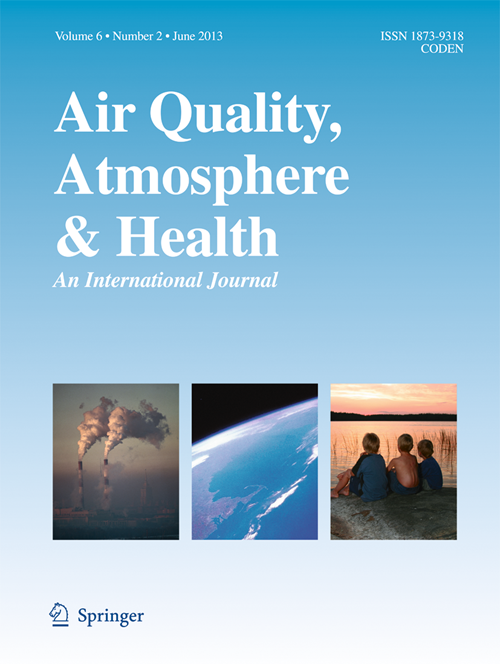Ammonia exposure-triggered redox imbalance with the occurrence of inflammatory response, cell apoptosis, and the circadian clock disturbance leads to lung injury in growing pigs
Abstract
The toxic impact of relatively low ammonia exposure on animal lungs lacks attention. Therefore, we employed pigs as an animal model to explore the effects and potential mechanisms of low (LA) and medium (MA) levels of ammonia exposure on lungs. The results demonstrated that the alterations of Th17 and chemokine expression worked through the NF-κB and JAK-STAT pathway to accelerate the imbalance of Th1/Th2 and the process of antigen processing and presentation, resulting in lung injury, inflammation and apoptosis. The cell proliferation was stimulated by increasing the expression of key cell cycle-related genes and enhancing cell cycle processes. Accordingly, ammonia exposure affected the cytochromes P450 system and ammonia metabolism within the pulmonary system accompanied by oxidative stress activation to exacerbate the inflammatory response. Furthermore, ammonia exposure inhibited the expression of BMAL1 by activating PER1/CRY1 with increased NFIL expression in MA pigs and activating PER1/2 with increased Rev-Erb or DBP expression in LA pigs, ultimately disrupting the circadian rhythm in pig lungs. Overall, oxidative stress-mediated inflammation and cell apoptosis caused by ammonia exposure were identified as the primary factors contributing to lung injury, which were associated with circadian clock disturbance.


 求助内容:
求助内容: 应助结果提醒方式:
应助结果提醒方式:


